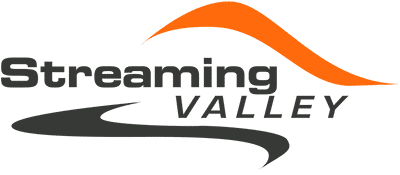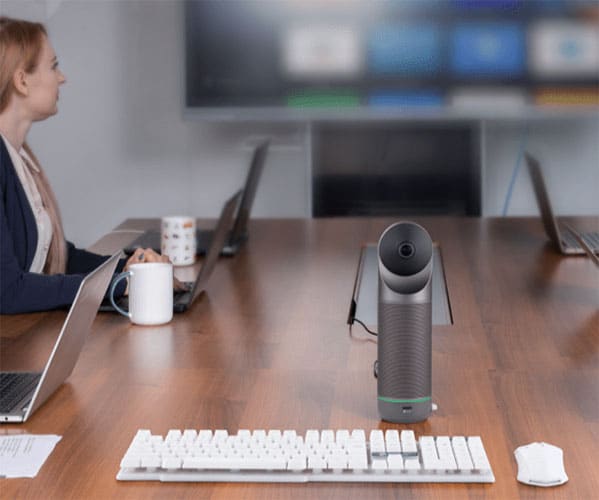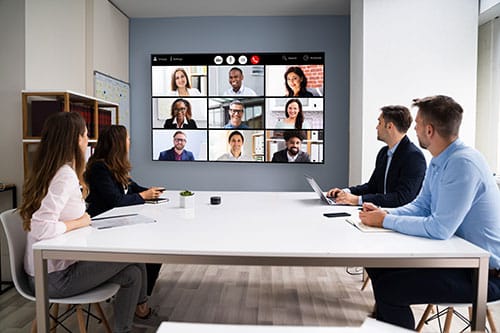How To
A Comprehensive Guide to Streaming on LinkedIn
LinkedIn is a hub for professionals across the globe, providing a platform to connect, collaborate, and share knowledge. Recently, LinkedIn has begun providing its users with the option to stream live videos, allowing businesses and individuals to connect with their network on a whole new level. In this blog post, we’ll outline the steps you need to start LinkedIn Live Events.
Step 1: Check Your Eligibility
LinkedIn Live allows eligible members and Pages to broadcast live video content to a LinkedIn profile, Page, or Event. If you’d like to become a LinkedIn Live broadcaster, review the create and host LinkedIn Live: access criteria.
All members can join LinkedIn Lives as viewers. Eligible members and Pages can create and broadcast a LinkedIn Live. LinkedIn takes into account factors such as your engagement history, follower count, and content production when considering applications.
The criteria to create and host LinkedIn Lives are:
-
Audience base
Members and Pages with more than 150 followers and/or connections are eligible to be evaluated for LinkedIn Live access. -
A history of abiding by Professional Community Policies
To ensure LinkedIn members have a safe, trusted, and professional experience on LinkedIn, as defined by the Professional Community Policies. Only members, Pages, and their admins that have a good standing record will be considered for Live Video access.
Step 2: Choose a Streaming Tool
LinkedIn Live doesn’t natively support streaming directly from the LinkedIn app or website. Instead, you must use a third-party broadcasting tool. There are many options available, including vMix, OBS Studio, Wirecast and many more. These platforms vary in complexity and features, so you should choose one that fits your needs and comfort level.
LinkedIn Live Video broadcasters who want to connect directly to any streaming software or encoder can use a custom stream (RTMP Ingest) to go live from their desktop browser by visiting LinkedIn custom stream page. This enables advanced broadcasters and professional producers to use the tool of their choice or their own production workflow for streaming. LinkedIn supports both RTMP and RTMPS.
Step 3: Setup Your Broadcasting Tool
Once you’ve chosen your broadcasting software or encoder, it’s time to set it up. While the exact process will vary depending on the software or encoder, there will be some common steps.
- Create a New Broadcast: This is usually done by clicking a button labeled something like “New Stream” or “Create Broadcast”.
- Connect your LinkedIn Page: Look for an option to “add destination” or “connect account”, and select LinkedIn. You will likely need to enter your LinkedIn credentials.
- Configure Your Stream: Adjust the video and audio settings to your preference.
Remember to also set up your camera and microphone, ensuring they’re working correctly and the video quality is up to your expectations.
Step 4: Plan Your Content
Like any form of content creation, planning ahead is key to delivering an engaging and successful live stream. Consider your target audience and what they might find valuable. Make sure you structure your content to maintain engagement throughout the broadcast, and consider incorporating interactive elements, such as Q&A sessions or live polls.
Step 5: Schedule or Start Your Stream
Once your content is planned and your broadcasting software is set up, you’re ready to go live. You can either schedule your event in advance (which is generally a good idea to notify your followers) or start streaming immediately.
Create your Event from LinkedIn.com, navigate to your Page’s admin view to create a Live Event. After creating your event on LinkedIn, go back to your broadcast tool and connect your broadcast to the event.
When scheduling, make sure you give your stream a catchy title and clear description to entice viewers. Remember to set a date and time that works for your target audience.
Step 6: Engage with Your Viewers
Once your stream starts, it’s important to keep your audience engaged. Encourage viewers to participate by asking questions, commenting, or sharing the stream. Remember to monitor the chat and respond to comments to keep the conversation flowing.
Step 7: Analyze and Improve
After your stream ends, don’t forget to analyze its performance. LinkedIn provides analytics for live streams, including the number of viewers, likes, comments, and shares. Use this data to understand what worked and what didn’t, and to make improvements for your next stream.
In conclusion, live streaming on LinkedIn can be a powerful tool to engage with your professional network in real time. With careful planning, the right tools, and a focus on viewer engagement, you can deliver meaningful content that stands out on the platform.







